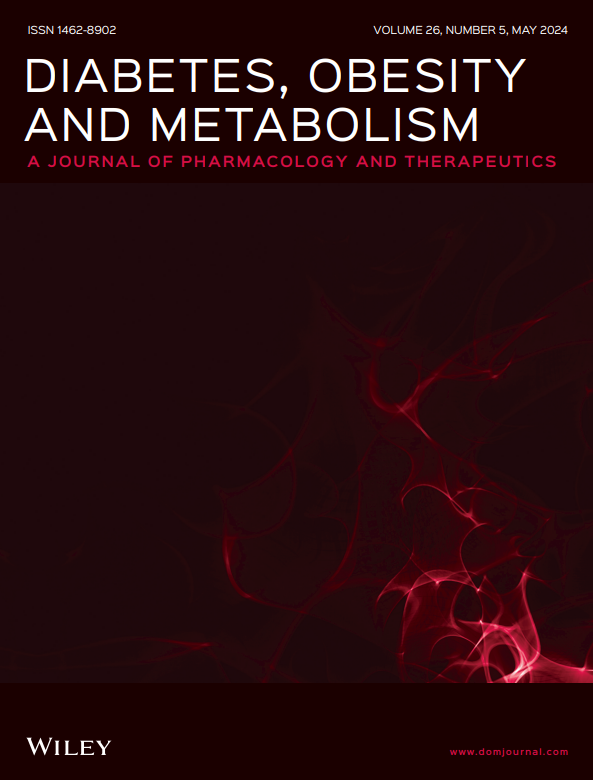Association of normal range of urinary albumin-to-creatinine ratio with all-cause mortality among diabetic adults with preserved kidney function: National Health and Nutrition Examination Survey (NHANES) 2003–2018
Abstract
Aim
To ascertain the connection between normal-range urinary albumin-to-creatinine ratio (UACR) and all-cause mortality (ACM) among diabetic adults with preserved eGFR.
Methods
We used data from the 2003–2018 National Health and Nutrition Examination Survey. Nationally representative cross-sectional survey data linked with mortality outcomes from the National Death Index. Restricted cubic spline curves (RCS) and multivariable Cox regression models alongside subgroup analyses were utilised for estimating hazard ratios (HRs) and 95% confidence intervals (Cls) for UACR-ACM interplay, adjusting for demographic, socioeconomic, biochemical, medication and medical history factors. The UACR's predictive accuracy for survival outcomes was determined through receiver operating characteristic analysis.
Results
The RCS regression analysis showcased that there was no significant evidence to support a nonlinear relationship between normal-range UACR and ACM (p = 0.080 for nonlinearity) in participants with diabetes mellitus (DM). In the model 2 adjusted for multiple confounding variables, the HR for ACM was 1.22 (95% CI, 1.06–1.40) per 10 mg/g raise in continuous UACR and 1.50 (95%CI, 1.18–1.91) for the high UACR tertile compared to the low. Kaplan–Meier analysis showed significantly lower survival rates in the medium and high UACR groups (p < 0.001). Subgroup analysis manifested a significant UACR–body mass index (BMI) interaction (p = 0.033 for interaction).
Conclusions
In DM adults without overt kidney dysfunction, elevated normal-range UACR was independently related to escalated ACM, particularly in those with normal BMI. To conclude, we underscore the significance of early risk assessment in DM patients with normal-range albuminuria, even without overt kidney dysfunction.


 求助内容:
求助内容: 应助结果提醒方式:
应助结果提醒方式:


